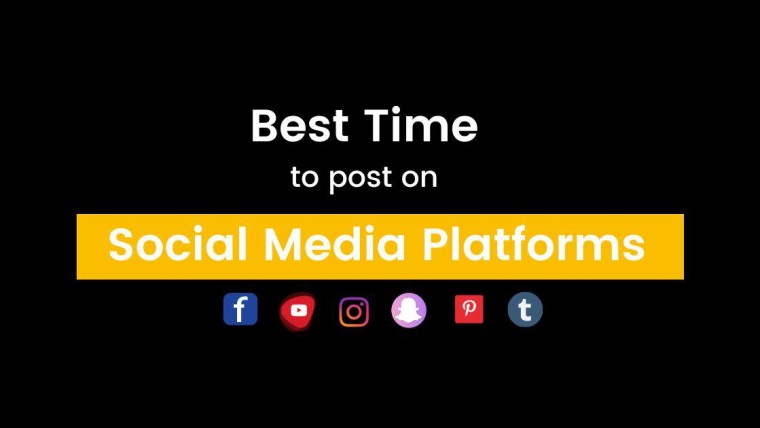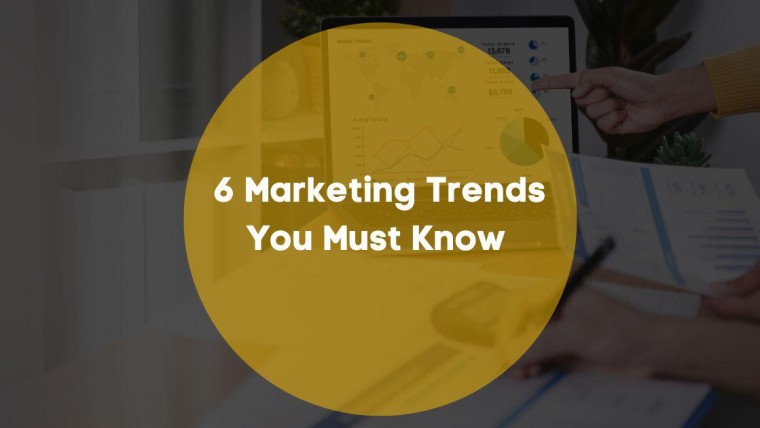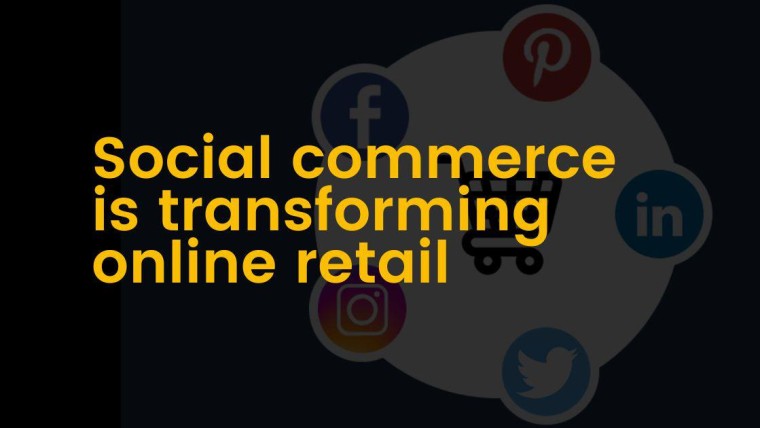Social media optimization is a way to use social media networks to make your organization’s message and online presence bigger. It can help you connect with people and get them aware of new stuff. For example, if you have a new product, it can help people learn about it.
- SMO involves using social media platforms to help your company or organization grow.
- It can help people see new products and can allow companies to connect with customers.
- Many people use social media to talk about things that they like. When you want people to know about your business, you can also do this on social media platforms like Facebook or Instagram.
What’s in it:
Introduction to social media optimization
For many years, search engine optimization was one of the ways to get a lot of people to see your website. This is done by getting web traffic and increasing awareness of your company’s website. Search engine optimization is the process of making sure that when someone searches for something on Google, it will be more likely that they find your website.
More recently, social media has been used to do marketing. Social media is when people have pages of themselves or their company online. They can take pictures and post them on the page. They can also write what they think about a product or topic. Sometimes they take videos and post them on social media, too. Social media has been used in digital marketing, which is when companies use things that are online to sell more products or advertise themselves. Digital marketing includes Facebook, Twitter, Instagram, Snapchat, YouTube, Pinterest, and TikTok (which is an app).
Companies sometimes use social media to show people their products. If you want people to visit a company website, tell them to go there. For example, if a company has a new car and they want people to know about it on Facebook, then they should tell people that they can find that information on the company’s webpage.
5 Strategies for SMO you should try
Companies may use internet-based tools to help them post their content. These tools allow people who are in charge of making posts to do it all at the same time and answer comments or messages from the audience. Some examples are PineChatBot, Agorapulse, PromoRepublic, Hootsuite, Buffer, and Loomly.
Social media platforms let people share content online. Some companies try to make content that people will share with friends and connections. They do this because it means more people can see the content rather than just waiting for someone to find it on their own.
Here are 5 strategies for social media optimization
Social media account optimization
First, make sure that the social media accounts you use are all aligned with your company. This means checking them and making sure they have the right branding and marketing messaging.
For example, Your business should have logos and fonts that are the same on all of its social media, as well as fonts that match. Your business should also have hashtags and slogans. Make a link to the page that people need. They’ll know where it goes if they click on it. Marketing is important because it helps you sell your product. You need to make sure that you have the right marketing messages and languages that match the promotions.
Think of your social presence as a way for people to get to know you. If they come across your post and it is different from the last one, then they may not know what is going on. It can confuse them and make them not want to buy from you.
Content publishing plan optimization
A lot of businesses have a lot of choices when it comes to what they can post on social media. You should create a plan for your content. Have an organized strategy. If you do this, it will be easier to come up with ideas or posts. First start by:
- Establish a regular publishing schedule for your blog. You can decide how often you want to publish and how many posts you will need each week.
- Determine which posts you need to make – text posts, photos, or videos.
You need to be aware that you may need to make changes in your content strategy. You can look at your analytics. If you see that people aren’t reading the content, then you might have to do something different. It is important if we are going to do well.
Searchability optimization
It is important for companies today to figure out how to use social media for search. Recently, a lot of people have been putting their social media profiles in Google searches. It is important to use keywords in posts on your accounts so that you show up in the search.
Don’t worry, you don’t need to keyword stuff your posts. You can just do research for keywords and put them in your post somewhere. Another way to increase the searchability of your post is by using keywords in social media optimization.
Post optimization
After you have figured out what your social media optimization strategies are, it is good to put individual posts on social media. Some posts take a lot of work. Posts that are part of an influencer campaign need to be better than a meme or morning greeting to your followers.
When posts need special attention, here are some things to consider:
- When you post on social media, you should be aware that someone can find your post when they search for a word or topic.
- You should try to include a lot of keywords in your posts so people who are searching for those things will find them.
Performance optimization
The goal of optimization is to make your brand better on social media. For most businesses, this means getting more people to click on your site, go there and buy something. For example, they might click on your ad or see you in an article.
If you want better performance, you can get it with analytics. Start by looking at what is working (and what isn’t) in your social content. For example, make sure to do these things:
- Identify the content that you do best. What is it? It is the content that does well, and meets your goals.
- Look at your posts and links that you’ve liked. Compare them to each other.
- Keep an eye on what people are saying about you and your brand. Also, look at how much your voice is heard compared to other brands.
Conclusion
Social media optimization, or SMO for short, is a process that helps businesses grow their social profiles and increase engagement with customers. It can be difficult to know where to start when it comes to SMO so we’ve put together 5 strategies you should try in your next campaign. Some of these are more time-intensive than others but all will help you get the most out of your social marketing plan. Take some time today to think about which strategy might work best for your business and then give it a shot! You never know what might happen if you just take the leap into this new world of internet marketing techniques.
FAQs
Social media optimization is the process of utilizing different social networks in order to achieve a certain goal.
Answer: Social Media Optimization is important because it has a huge impact on how people perceive your company and its brand. It is one of the most powerful ways to do marketing especially when you’re starting out.
A social media optimization (SMO) campaign comprises four phases. The first is planning and launching. Next comes monitoring, reviewing, and analyzing feedback to monitor performance against goals. Optimization takes place at this phase through experimentation. The last part of SMO is reporting after optimizing.
Social Media Optimization has become a more common practice in the last several years, and marketers have some degree of reticence around it. The general perspective is that any time some resources are dedicated to the optimization of posts on social media networks, there’s a trade-off with other areas such as content production and audience building.







